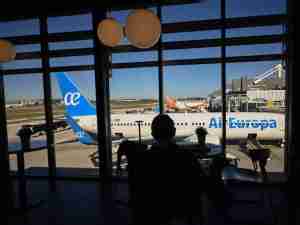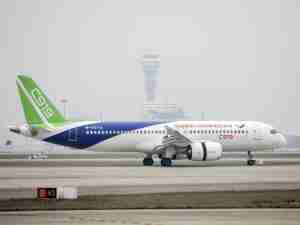The recovery of the second black box from the wreckage of a China Eastern Airlines Corp. jet potentially gives investigators their best opportunity to find out why the plane carrying 132 people entered a high-altitude nosedive and speared into the ground.
The flight-data recorder, which was buried some 40 meters from the main crash site near Wuzhou in southern China, was unearthed Sunday morning. State media reported the device has been sent to Beijing for analysis.
Much now depends on how well the black box withstood the impact of the March 21 crash. The Boeing Co. 737-800 NG appears to have largely disintegrated, and more than 36,000 pieces of debris have been recovered. Chinese state media said the crash left a crater 20 meters deep.
Some parts of the data recorder were severely damaged, according to the Civil Aviation Administration of China, possibly complicating the task of retrieving and deciphering any information inside. The box can store hundreds of flight parameters—from speed and altitude to flap positioning and heading—that help investigators recreate the final fateful moments before a crash.
Investigators found the plane’s cockpit voice recorder on Wednesday and aim to use data from the two boxes to understand what went wrong. Officials haven’t ruled out the possibility the first black box has been badly damaged.
Countries leading an aircraft accident investigation must produce a preliminary report within 30 days of the incident, according to United Nations standards governing the aviation industry. A full report is expected within 12 months.
Flight MU5735 from Kunming was cruising at about 29,000 feet and some 100 miles from its destination in Guangzhou, southern China, when it suddenly went into a steep descent. Over the next 1 minute and 35 seconds the plane lost altitude in a near vertical dive, which took it almost to the speed of sound.
The plane briefly halted its descent for about 10 seconds, and climbed a little, before plummeting again and slamming into a hillside. All 132 people on board, including nine crew members, were killed. DNA matching for everyone on the aircraft has been completed and all individuals identified, officials said Monday.
China said Saturday it hadn’t found any evidence of explosive materials in the wreckage of the plane.
One week after the incident, politics risks complicating the investigation into the tragedy. With ties between Washington and Beijing at their lowest ebb in years, the crash of a U.S.-made plane run by a Chinese, state-owned airline has turned the two arch rivals into reluctant bedfellows.
The depth of the collaboration, or the ability of the two sides to work together because of Covid-19 restrictions in China, remains unclear.
“For foreign nationals who have been approved by the Chinese side to come to China to assist in the investigation, the Chinese side will provide necessary visa facilitation,” Chinese Foreign Ministry spokesman Wang Wenbin said at a briefing Monday.
The U.S. National Transportation Safety Board on Saturday declined to comment on a report on Twitter that said an Air China Ltd. plane was heading to the U.S. as part of the probe. The plane was headed to Washington to “pick up” NTSB investigators, the China Aviation Review wrote in a tweet, without saying where it obtained the information.
The NTSB is assisting the probe under a United Nations treaty, but hasn’t announced plans to send any investigators to China.
“The NTSB and the CAAC continue to coordinate on the investigation into the China Eastern B-737 accident,” the NTSB said. “This includes coordination on potential travel of investigators to China or the U.S. as necessary.”











